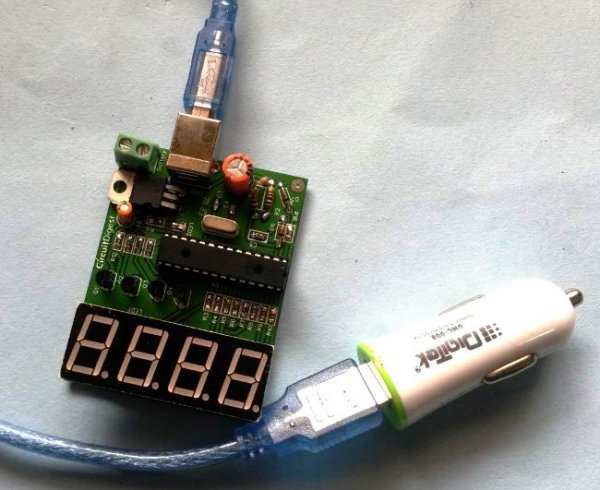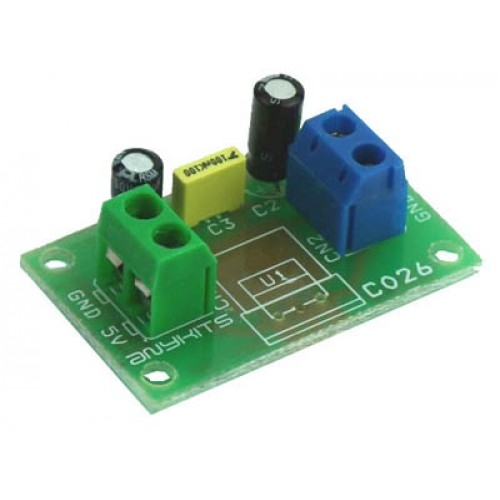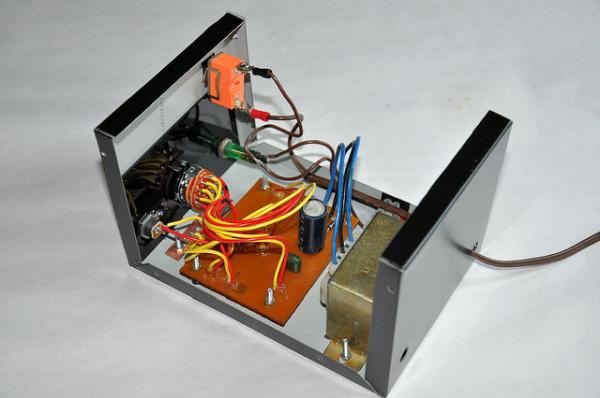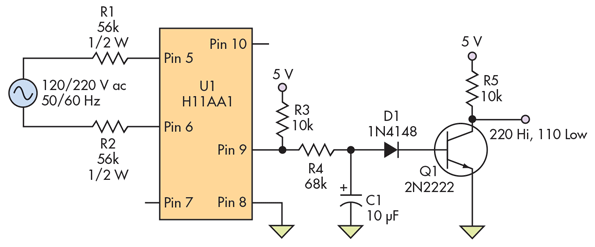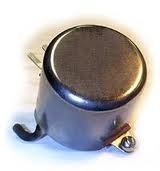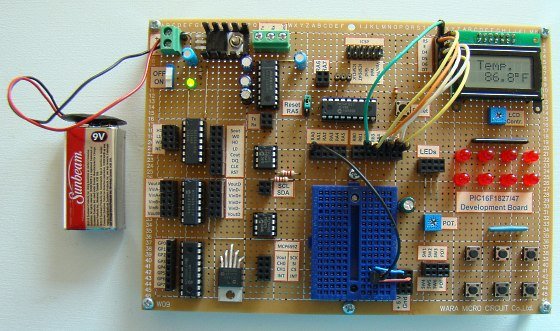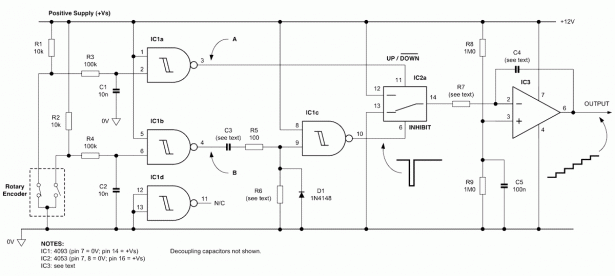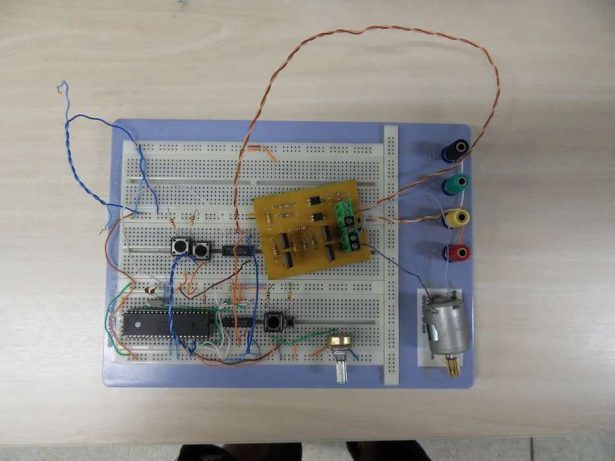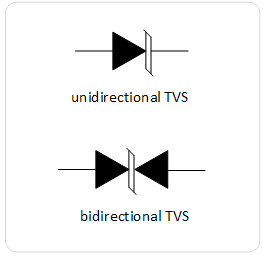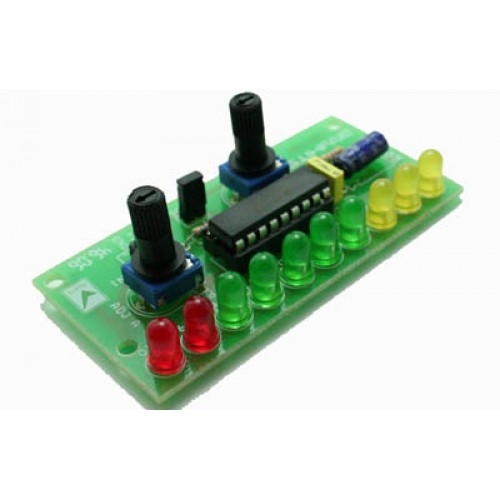PIC Based Car Battery Voltage Monitoring System
In this project we are going to make a PIC based Car Battery Monitoring system on PCB. Here we have designed a PCB using EASYEDA online PCB simulator and designer. This Car Battery Monitoring Circuit is used to monitor the power of Car Battery by just plugging it into the power outlet on the dashboard […]
PIC Based Car Battery Voltage Monitoring System Read More »

